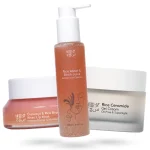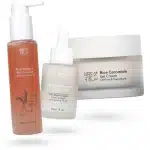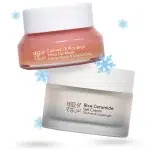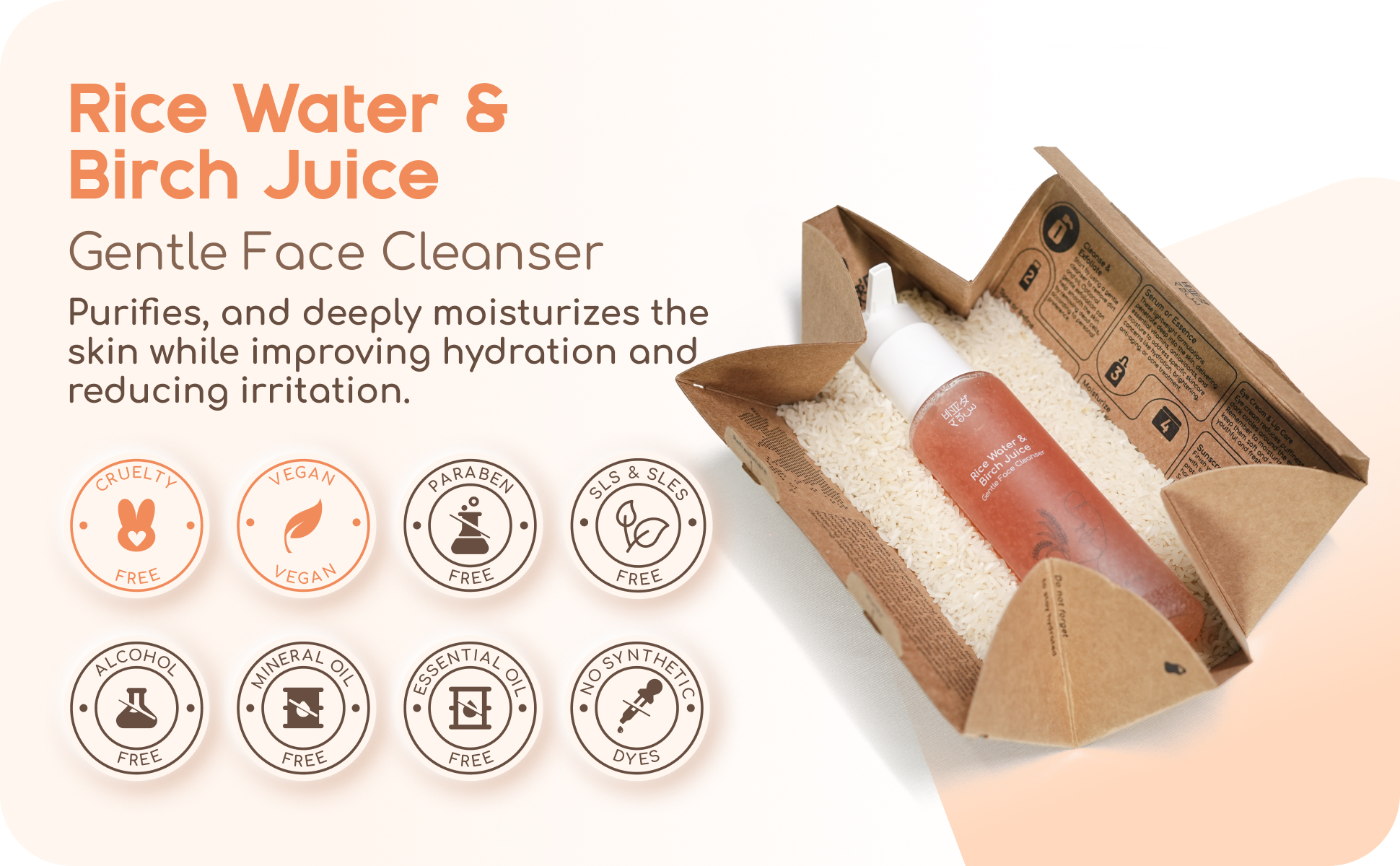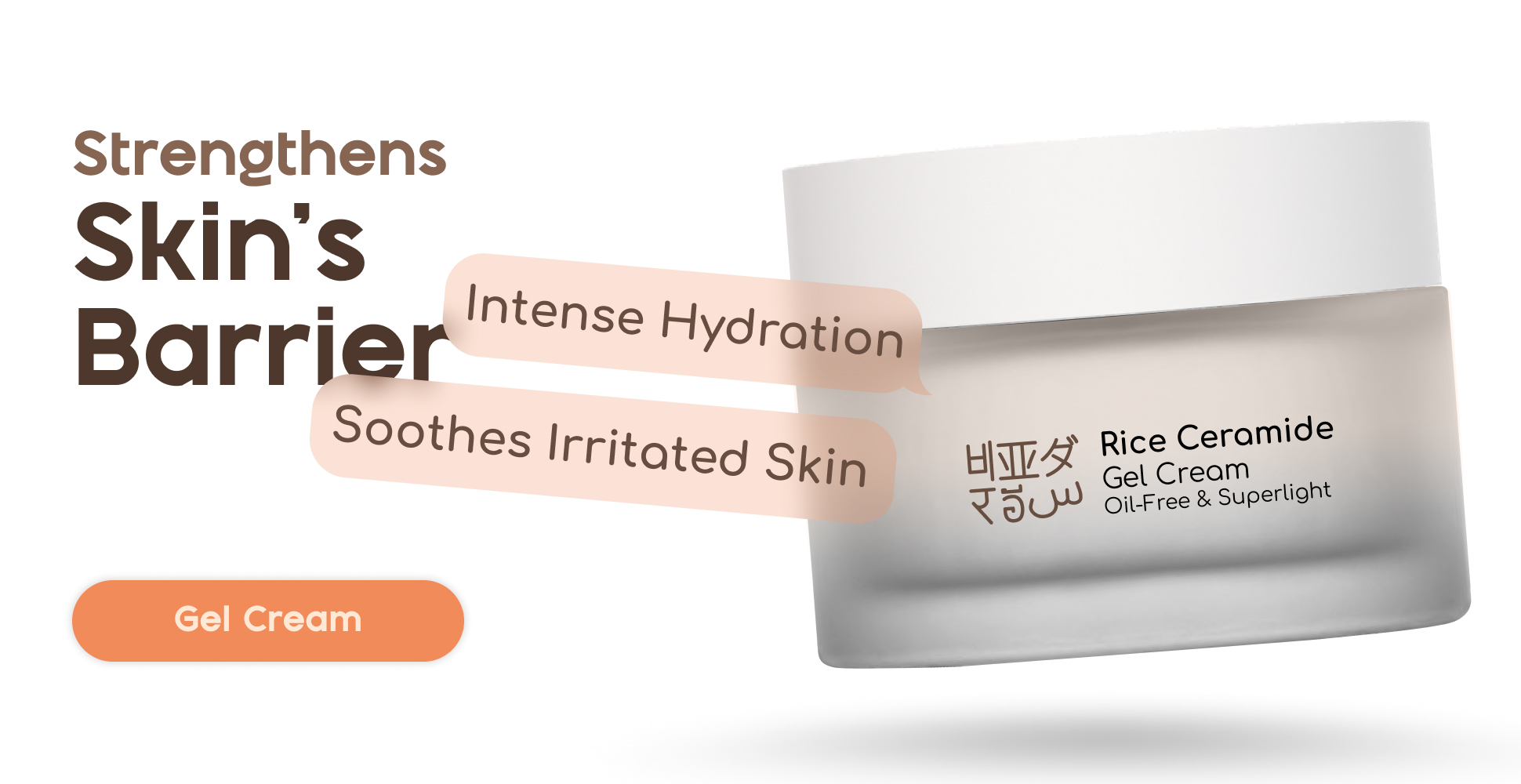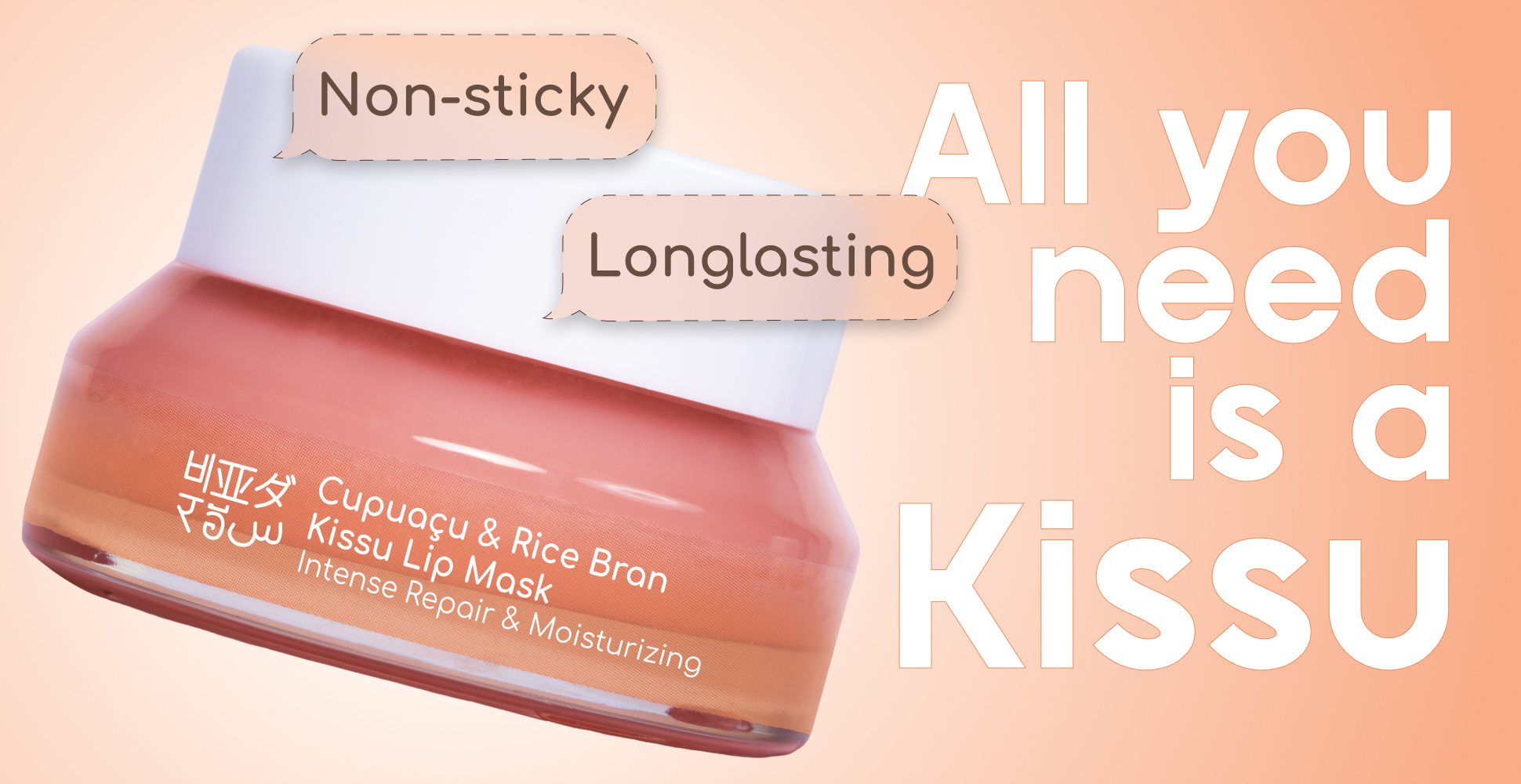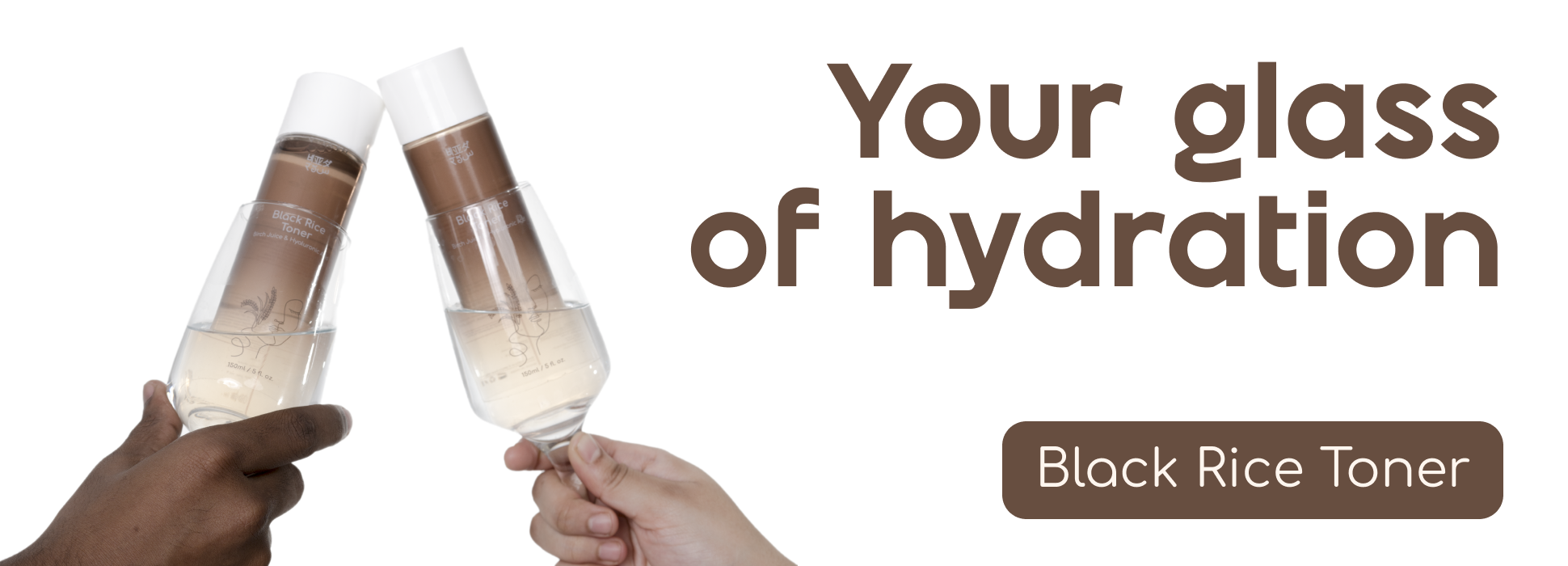Our Hero Products
Kissu Lip Mask – Capuacu butter, Jojoba oil & Rice Bran
What is Hair porosity?

Understanding hair porosity is fundamental to crafting an effective hair care routine. Just like how knowing your skin type is important before you follow any skincare routine, similarly knowing your hair porosity is important in the same way. High porosity hair is one of a kind.
To begin your hair care routine and choose the right products, first, you should know what your hair porosity is. Let’s demystify the concept of hair porosity in simple terms and explore how it influences your choice of hair care products, especially oils.
“Choosing the right hair oil can make all the difference”
What is Porosity
View this post on Instagram
Porosity is used to understand your hair’s ability to absorb and retain moisture. It can be determined by the condition of your hair cuticles, which are the tiny protective layers covering each hair strand (refer to the image below). It is typically categorized into three types depending on the health of the hair cuticle.
Typically these three types are called as low porosity, normal porosity, and high porosity. Normal porosity hair strikes a balance, absorbing and retaining moisture effectively.
Low porosity hair has tightly closed cuticles, making it resistant to moisture absorption, while high porosity hair has open cuticles, allowing moisture to come and go freely but struggles to keep it locked in, leading to dryness and frizz.
Porosity Hair Types
As said, three types of porosity: low, regular, and high. You can understand the Hair Cuticles level of opening and closing among three types in the image below.
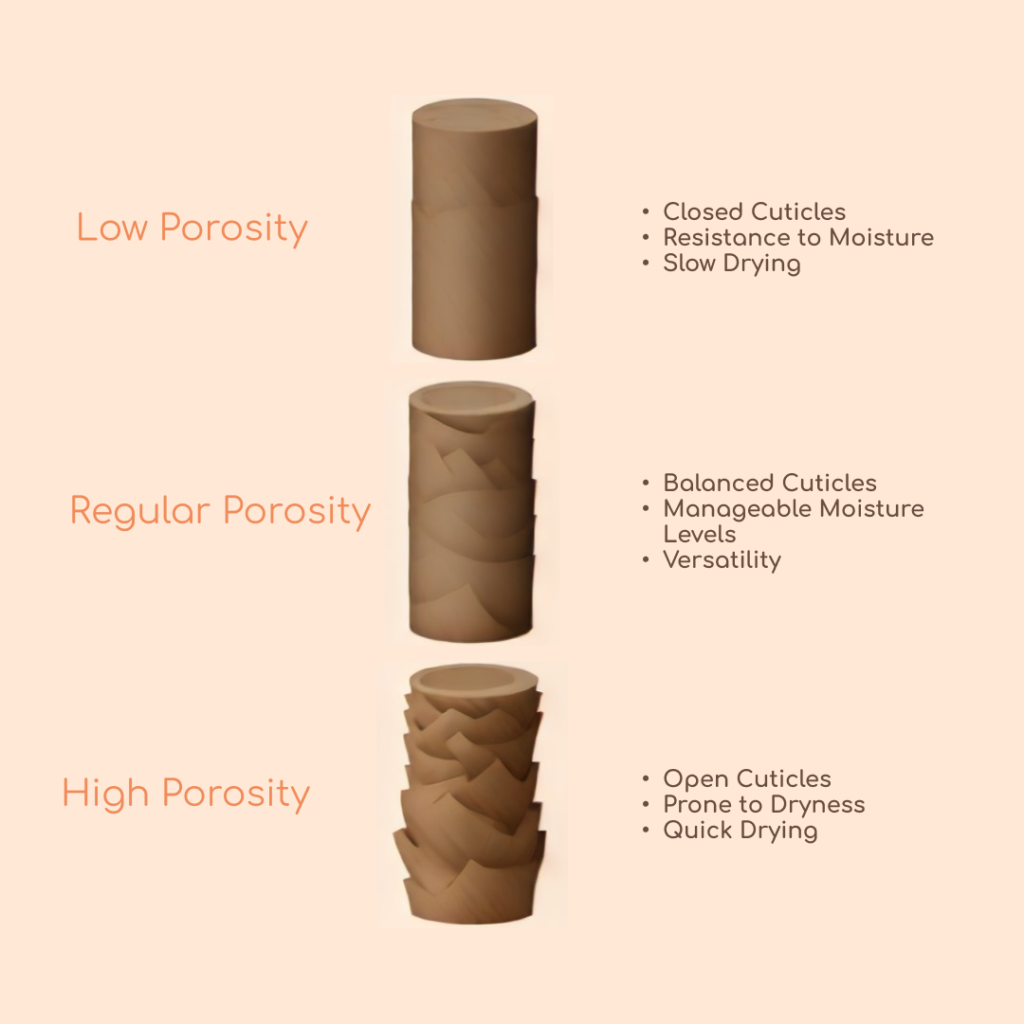
Low Porosity Hair
This type is like having a fortress around each strand. The cuticles, which are like protective shields, are tightly packed. This means moisture struggles to get in (it’s like trying to get into a locked party :P).
The upside? Your hair stays dry for longer, and it’s less prone to frizz. But, beware, it can be picky about the products it lets in. If you have this type of hair, you will have to be very cautious about handling it. With proper products and careful handling, these will be what they are.
Normal Porosity Hair
Normal porosity hair cuticles are like chill neighbors, not too tight, not too loose. These cuticles are just right, letting in enough moisture without being overwhelmed.
It’s the Goldilocks of hair, balancing hydration levels and staying happy with various hair products. It dries at a decent pace and doesn’t demand too much attention. This is the ideal hair type everyone wants to get,
High Porosity Hair
This is like an open book, and everyone’s invited to the party. The cuticles are wide open, letting moisture in fast but also losing it quickly.
It’s like having a leaky bucket, your hair might feel dry, and it’s more prone to frizz and damage. You might think this sounds just the opposite of low-porosity hair, But yes it is :/. It dries super quick, but you’ll need to keep that moisture locked in with the right products.
Choosing the right oils for your Hair type
We already have described about the right hair oils according to the hair porosity type. To understand in detail about the hair oils according to your hair type click here to read it.
-
Low Porosity
- Look for lighter oils like Argan or Jojoba. They won’t weigh your hair down.
- Use oils with smaller molecules that can penetrate the tight cuticles, like Sweet Almond or Grapeseed.
- Opt for hair products with a little heat because low-porosity hair loves warm oils to open up those cuticles.
-
Normal Porosity
- Since you’re in the middle ground, so go for versatile oils like Coconut or Olive. They offer a good balance.
- Also, prefer oils with a mix of fatty acids, like Avocado, which nourish without overwhelming.
- Experiment with different oils to see what your hair loves . You can be flexible with oils anyway.
-
High Porosity
- Go for heavier oils like Castor or Shea Butter to seal in that much-needed moisture.
- Look for oils with protein like Argan or Keratin-infused oils can help repair damaged cuticles.
- Embrace the LCO (Leave-In, Cream, Oil) or LOC (Leave-In, Oil, Cream) method to layer products and lock in moisture.
Benefits of using Hair Oils
- Deep Moisturization: Porosity hair oils deeply moisturize and hydrate high-porosity hair, combating dryness and frizz.
- Nutrient Infusion: These oils deliver vital nutrients to the hair shaft, promoting strength, elasticity, and overall health.
- Cuticle Sealing: Porosity hair oils help in sealing the raised cuticles, reducing moisture loss and preventing further damage.
- Improved Manageability: Regular use of these oils enhances hair manageability, making styling and detangling easier.
There are a few more blogs we have written regarding different types of oils for different hair porosities, click here to see blogs. Also Read, Top 3 lightweight hair oils for low porosity hair type.
How do I know my hair porosity products?
Choosing the right hair products is like finding the perfect match for your hair’s personality. Let’s break it down based on your hair’s porosity.
Low Porosity
Your hair cuticles are like stubborn bouncers, not letting moisture in easily. So, Choose lightweight products like spray leave-ins or water-based moisturizers to hydrate without buildup. Using warm oils and steam treatments can coax those cuticles into opening up a bit.
Normal Porosity
Your hair is a little flexible for anything. Go for a variety of products. Like I already said, your hair is open to options! Experiment with different oils and products to see what gives your hair that ‘just right’ feeling.
High Porosity
Your hair cuticles are like overenthusiastic friends, letting in too much moisture and losing it quickly. Choose heavier products like creamy leave-ins or oil-based moisturizers to lock in that moisture. Look for products with protein to strengthen those porous strands.
You should also know about the importance of rice in hair care. I feel rice as an ingredient for hair is very underrated.
Selecting the right products according to your porosity is a personalized approach to hair care. It optimizes hydration, maintains health, prevents damage, and enhances the results of your styling routine. Tailoring your hair care routine contributes significantly to the overall health and beauty of your hair.

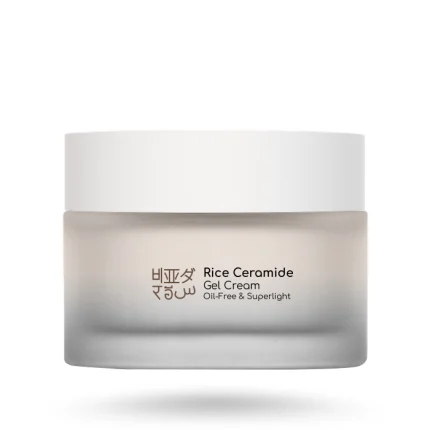

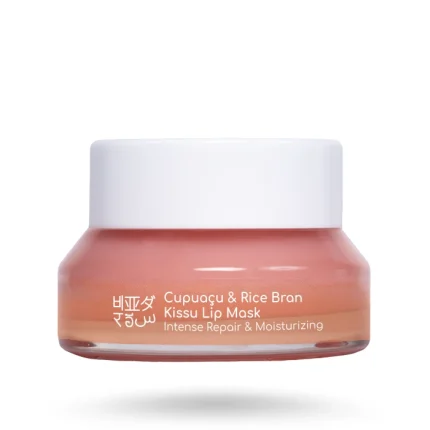
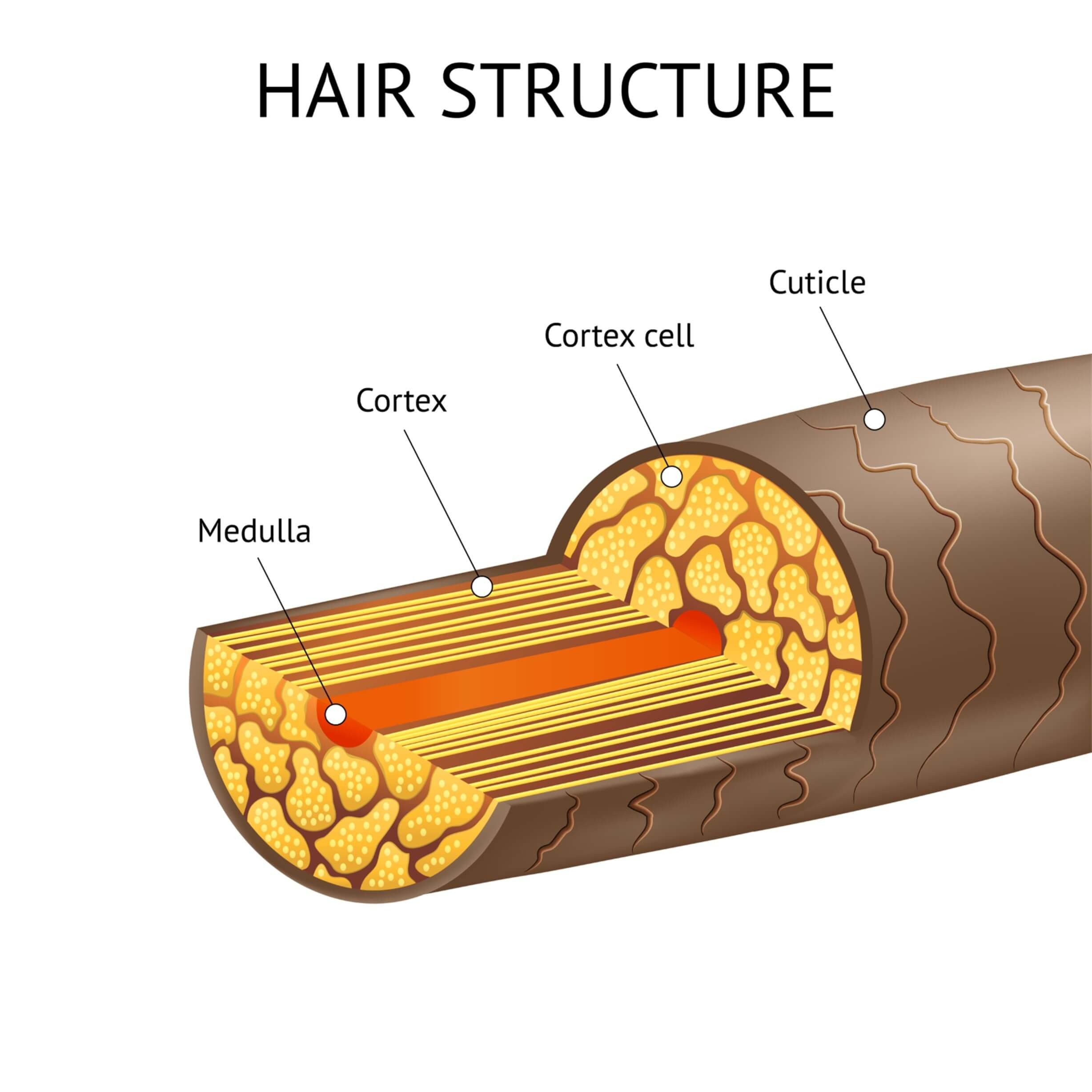
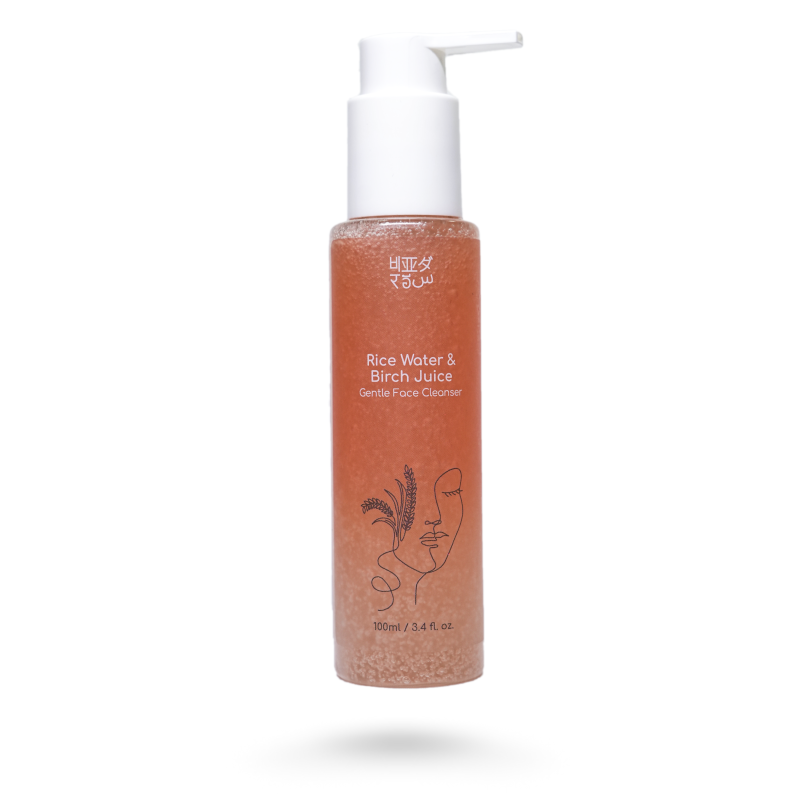
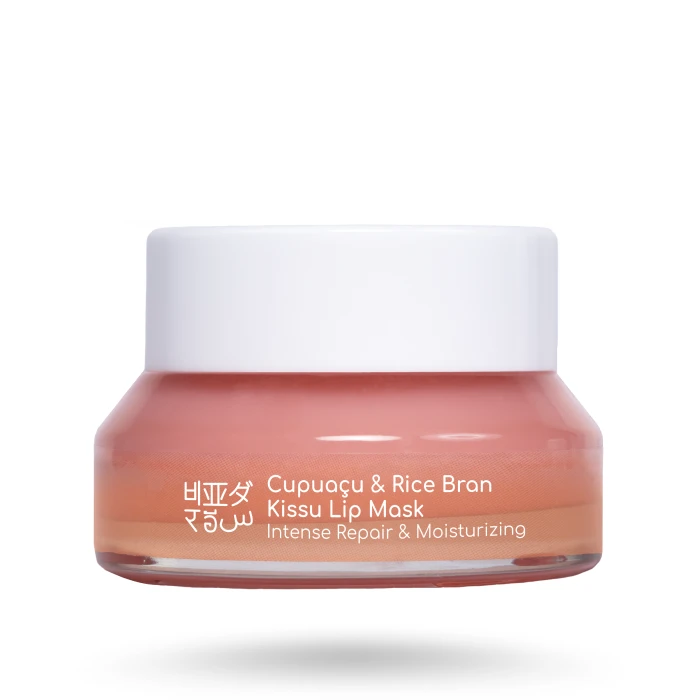
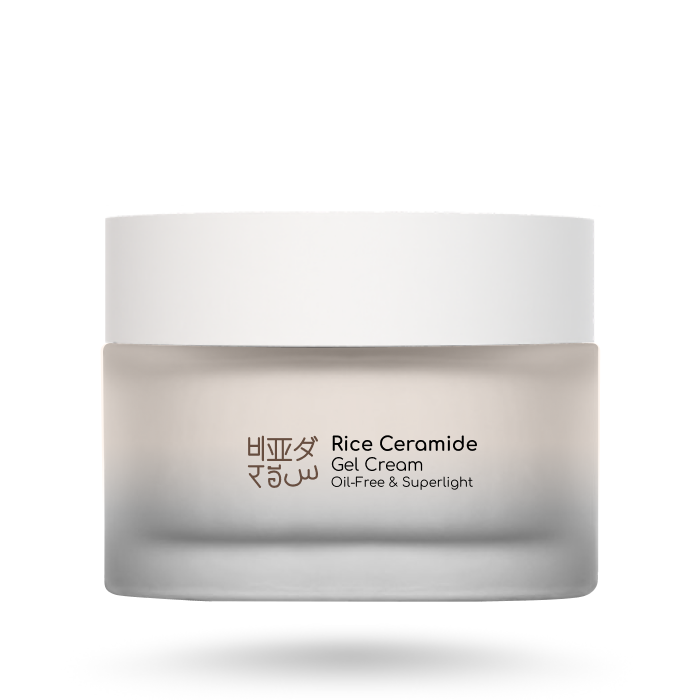
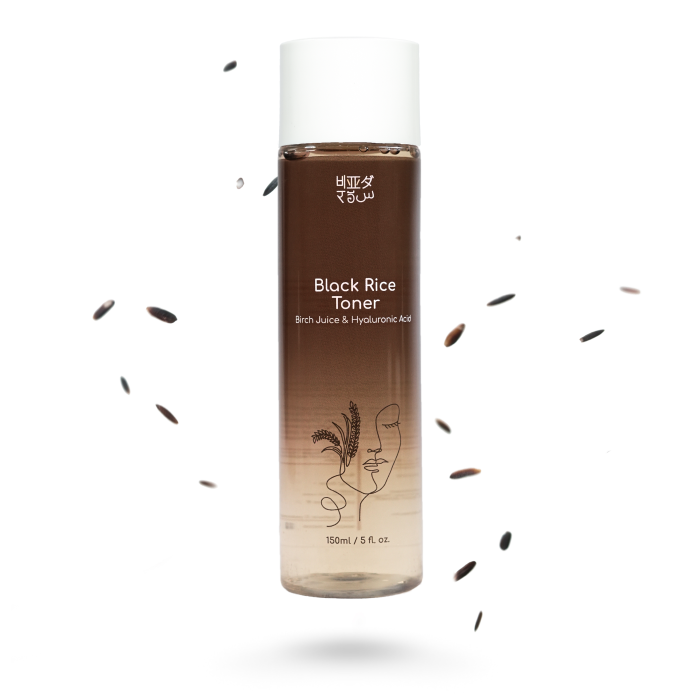
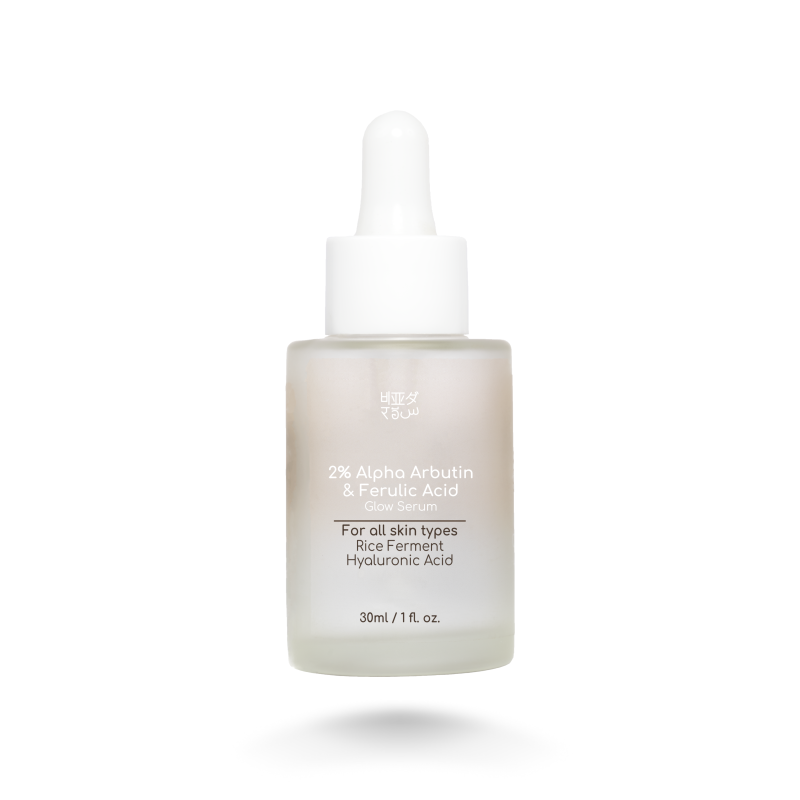
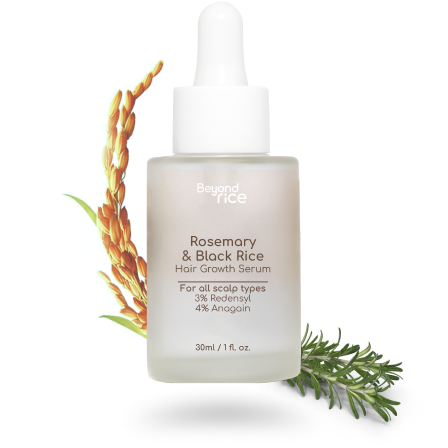
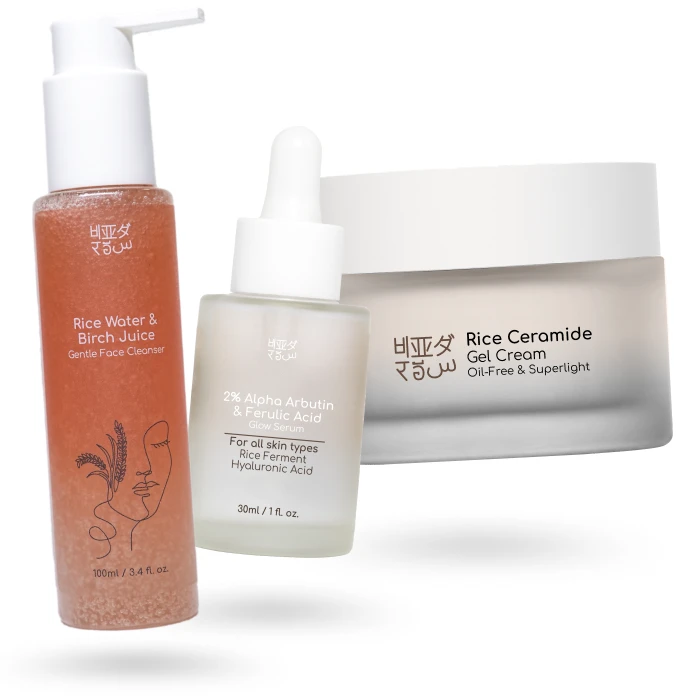
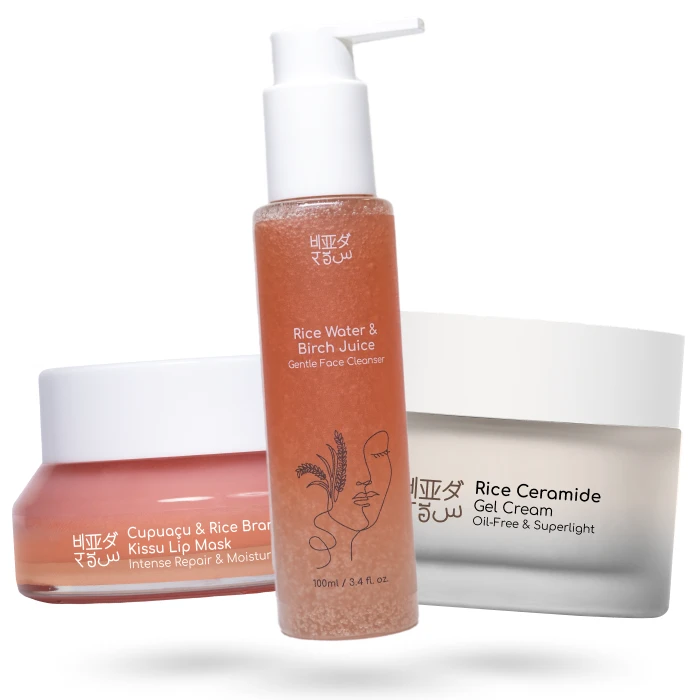

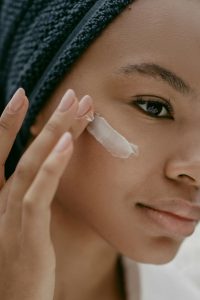
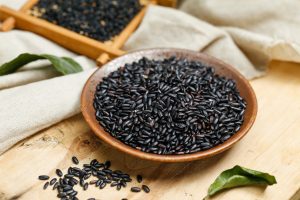
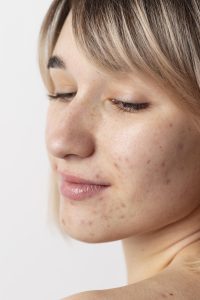


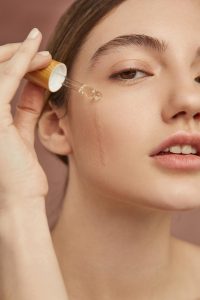
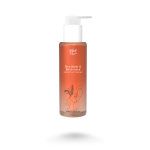 Gentle Face Cleanser - Rice Water & Birch Juice
Gentle Face Cleanser - Rice Water & Birch Juice
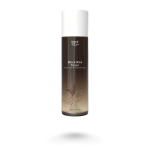 Black Rice Toner - Hyaluronic Acid
Black Rice Toner - Hyaluronic Acid
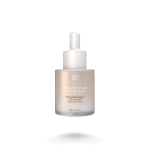 Face Glow Serum - Alpha Arbutin & Ferulic Acid
Face Glow Serum - Alpha Arbutin & Ferulic Acid
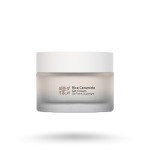 Rice Ceramide Gel Cream
Rice Ceramide Gel Cream
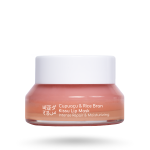 Kissu Lip Mask - Cupuacu & Rice Bran
Kissu Lip Mask - Cupuacu & Rice Bran
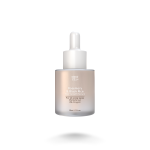 Hair Growth Serum - Redensyl, Anagain & Rosemary
Hair Growth Serum - Redensyl, Anagain & Rosemary
